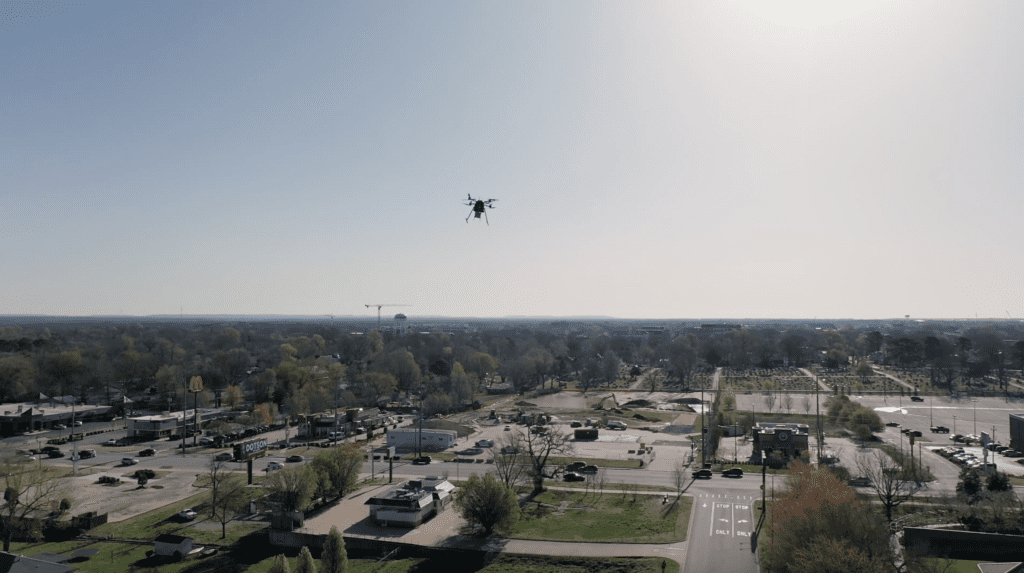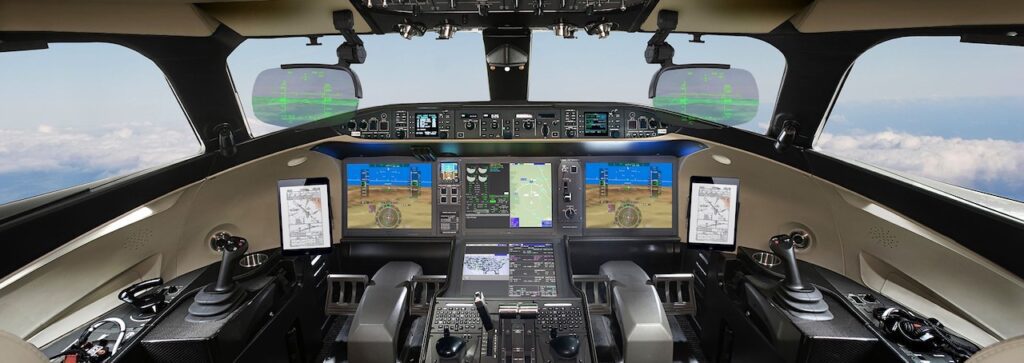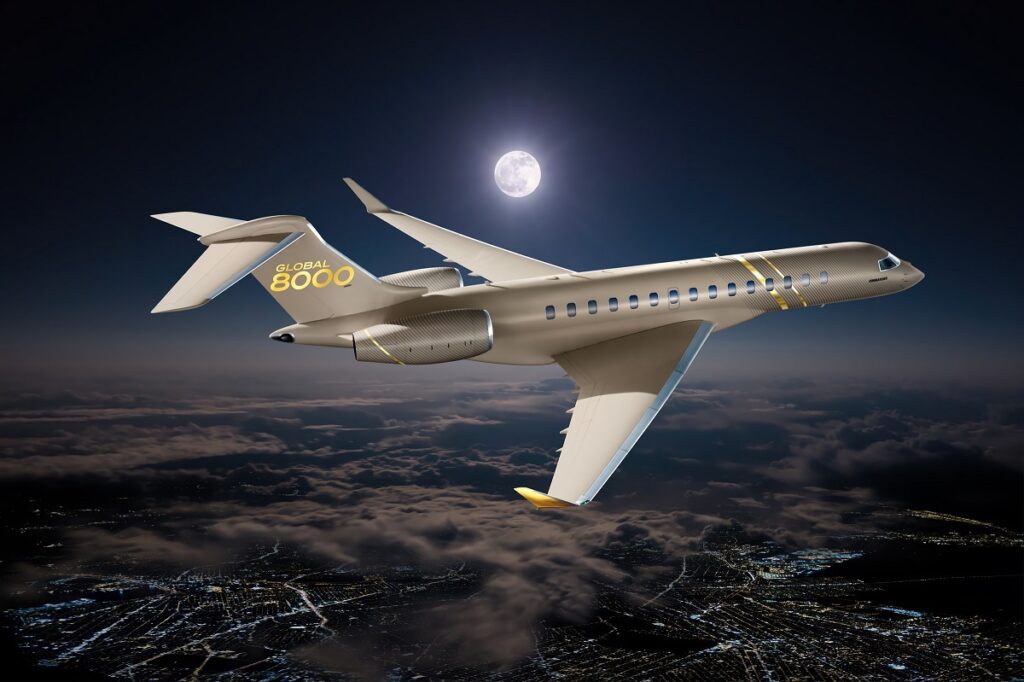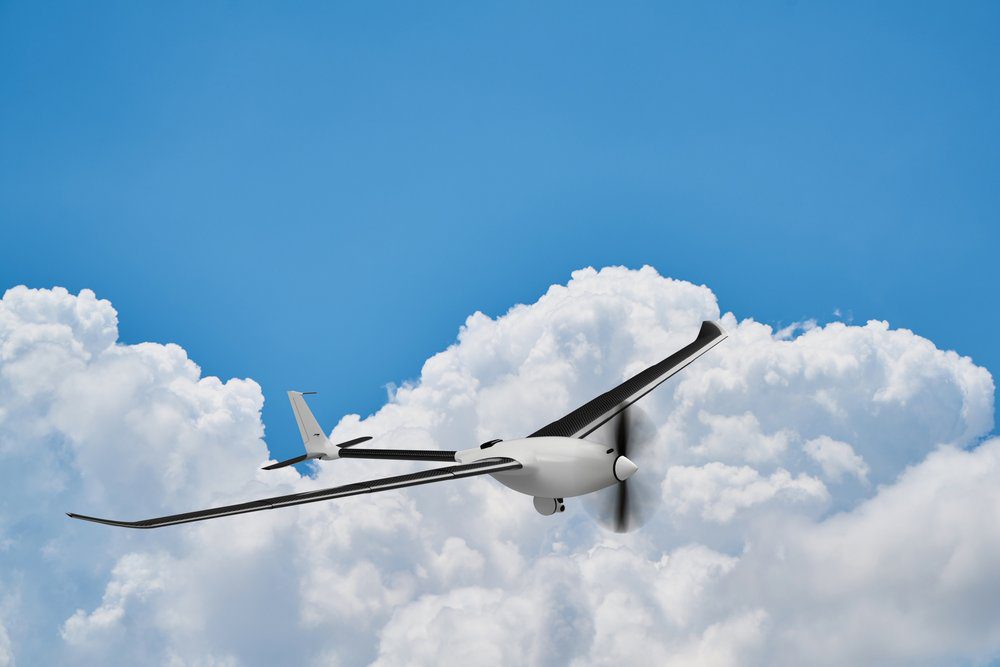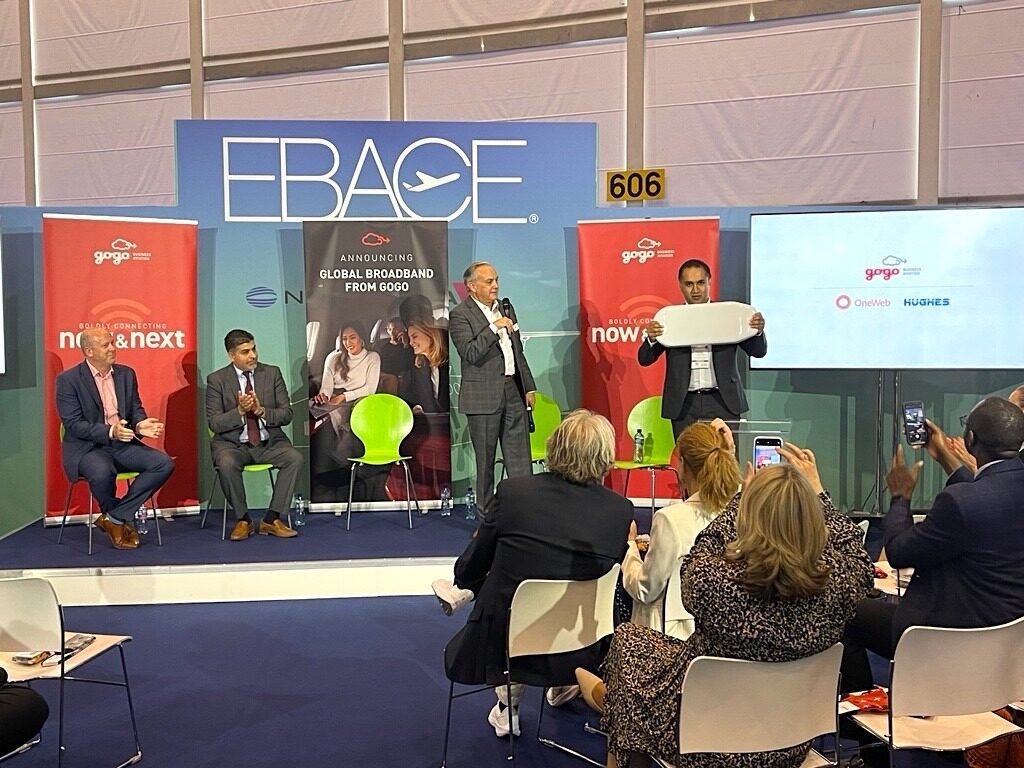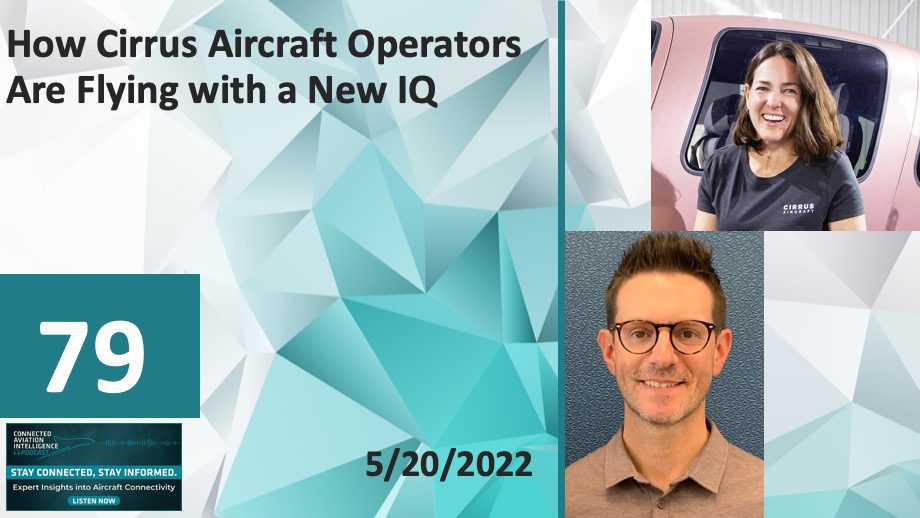

EDITORIAL NOTE: A previous version of this article featured an incorrect version of the final copy, it has been updated and approved by PricewaterhouseCoopers.
The aviation industry and consumers alike have long envisioned a future of e-aircraft. It’s surely on its way — but perhaps not on the trajectory many had expected.
We’ll probably have a long wait until Jetsons-like fleets of e-taxis (small, electric vertical take-off and landing aircraft) zig-zag over our cityscapes. While the technology is viable, mainstream adoption faces huge headwinds from regulation, FAA certification and rules governing airworthiness, traffic control technology and public concerns over noise and safety. Large, long-haul passenger jets powered by batteries or hydrogen propulsion systems are probably at least a decade away. Energy density per mass in batteries and fuel-cell technology is simply insufficient to power them.
E-Aviation’s Sweet Spot? Small, Short-haul Aircraft
We nevertheless find ourselves crossing a promising threshold for the e-aviation era. The sweet spot of commercial viability lies in smaller aircraft (typically carrying under 10 but possibly as many as 40 passengers) for short-haul flights (up to, say, 500 miles) and powered by lithium-ion batteries or hydrogen (and hybridizations of battery, hydrogen and jet fuels). These are also known as electric short take-off and landing aircraft (e-STOL) — STOL aircraft that use battery or hydrogen cells for propulsion power and can take off and land on shorter runways. These aircraft have enough energy density per mass to handle journeys in the hundreds of miles. We expect e-STOLs could begin to be mainstreamed over the next three years and their progress should serve as a curtain-raiser to bigger things to come into the next decade.
We’re seeing signs of innovation in e-aviation that could very spark a transformation in the aviation industry. First off the runways are a mix of retrofitted small aircraft — among them retrofitted platforms on the de Havilland Beaver (eBeaver), the Cessna 208B Grand Caravan (eCaravan) and the 40-passenger hydrogen fuel cell Dash-8 — as well as newly designed, small purpose-fit e-aircraft.
There’s been a lot of activity in this space recently. In September 2021, the FAA announced special conditions for airworthiness standards of electric propulsion systems in commercial aircraft. In March 2022, Textron announced plans to acquire Pipistrel, the Slovenia-based electric aircraft company that makes the Velis Electro, a two-seat trainer and the first e-aircraft type to win European Union Aviation Safety Agency certification, awarded in June 2021. Pipistrel’s Alpha Electro, the first all-electric trainer plane to hit the US, has won airworthiness certification from the FAA. Textron plans to use the Pipistrel acquisition to establish a separate corporate arm dedicated to e-aviation. Meanwhile, Airflow — a maker of both purpose-fit passenger and freight electric short take-off and landing aircraft (e-STOLs) — announced in October 2021 that it would partner with Plug Power, a maker of hydrogen-powered engines, to expand into small hydrogen-fueled aircraft.
And Ampaire, which retrofits planes like the Cessna Caravan and the DHC Twin Otter with hybrid electric propulsion systems, announced that it expects to win a supplemental type certificate from the FAA in 2023 for the first aircraft model that it aims to convert. Ampaire is targeting 2024 to start passenger service. With this kind of traction, we expect to see a growing new generation of aircraft serving niche, short-haul markets over the next several years.
OEMs Taking Different Tacks in Advanced Air Mobility
Major global Original Equipment Manufacturers (OEMs) have their own plans for e-aviation. Airbus, through its zero-emissions initiative, has targeted 2035 for large jetliners and plans test flights to begin aboard a modified A380 as early as 2026. Airbus has partnered with carriers including Delta Airlines and easyJet to develop the proof of concept. Additionally, Safran Electrical & Power announced in early April 2022 it would collaborate with Aura Aero on the architecture and electric propulsion systems of two aircraft: the INTEGRAL E training aircraft and the ERA (Electric Regional Aircraft).
Greening up the Regional Market
E-STOLs offer the potential for an entirely different market opportunity for commercial aviation. These small aircraft could fill a need for short-haul flight connections using the country’s vast network of small, regional airports as well as large airports. Furthermore, the pandemic brought an exodus from cities to more rural areas, which could also help green up the short-haul connector market, which, according to Brookings Institute, accounts for more than 50% of current US flights.
This percentage could rise, given that there are thousands of small regional airports capable of serving only aircraft with a maximum of 20 passengers. These small aircraft could, therefore, serve as a much-needed bridge between regional air transportation and urban centers and offer radically sustainable solutions such as occasional commuting to and from major cities, local tourism, last or first airfreight leg, and critical medical evacuations or organ transport.
A Potential $200 Billion-plus Market
Indeed, industry observers expect a high growth rate in e-aviation, with the global electric and hybrid-electric aircraft propulsion system market forecast to hit $74.9 billion in 2035 at a CAGR of 18.4% over the 2025-2035 period. Likewise, the global hydrogen aircraft market is estimated to reach $23.7 billion in 2030 and hit $144.5 billion by 2040 (for a CAGR of 20.5% over the 2030-2040 period). Naturally, innovations in battery and hydrogen fuel-cell technology as well as aircraft light-weighting and improved aerodynamics could well hasten the viability of large, long-haul passenger (and freight) aircraft powered by electrons.
We believe the increasing investment and certification activity surrounding e-STOLs has important implications — and opportunities — for virtually all players in the aviation industry, including existing developers of small aircraft, new entrants developing air-taxis and, eventually, makers of mid-size and even jumbo airliners. While we expect adoption to come on staggered schedules, we also believe that all players should now be positioning themselves to get a foothold in the e-aviation industry.
OEMs, for instance, will need to continue to work closely with airlines to test prototypes and help secure trust among consumers. Suppliers of traditional aircraft should look for opportunities to position themselves to serve e-aviation as well.
Top priorities to clear the take-off of e-aviation: We believe nearly all players in the aviation industry can integrate this potentially high-growth and transformative sector into their growth strategies by focusing on several areas.
- Surmounting the last hurdles for the e-aircraft market.
- Creating an infrastructure to serve both battery and hydrogen-powered aircraft.
- Improving the readiness and interest of airlines and/or operators to invest capital in new platforms to open new regional routes.
- Confirming a certification standard for full electric commercial aircrafts by the FAA and other airworthiness authorities.
- Accelerating levels of investment by industry stakeholders — as well as venture capital investors — to support the development of an e-aviation ecosystem that benefits all stakeholders, including OEMs, start-ups, airlines, federal, state and local governments and consumers. This could include developing dedicated units among industry OEMs and even the supplier networks or the emergence of a new Tesla-like enterprise that would spearhead that market, which could leave traditional OEMs years behind.
- Developing greener sources of H2 supported by cross-sector global development.
- Preparing for a future in which the e-aviation market expands and puts even more pressure on the global shortage of pilots that commercial aviation is now experiencing.
Scott Thompson is the global aerospace and defense leader at PricewaterhouseCoopers
Thierry Despres is the enterprise strategy director for PricewaterhouseCoopers
The post OPINION – Electric Aviation: Can Small Electric and Hydrogen Aircraft Usher in its Future? [UPDATED] appeared first on Aviation Today.
—————
Boost Internet Speed–
Free Business Hosting–
Free Email Account–
Dropcatch–
Free Secure Email–
Secure Email–
Cheap VOIP Calls–
Free Hosting–
Boost Inflight Wifi–
Premium Domains–
Free Domains
